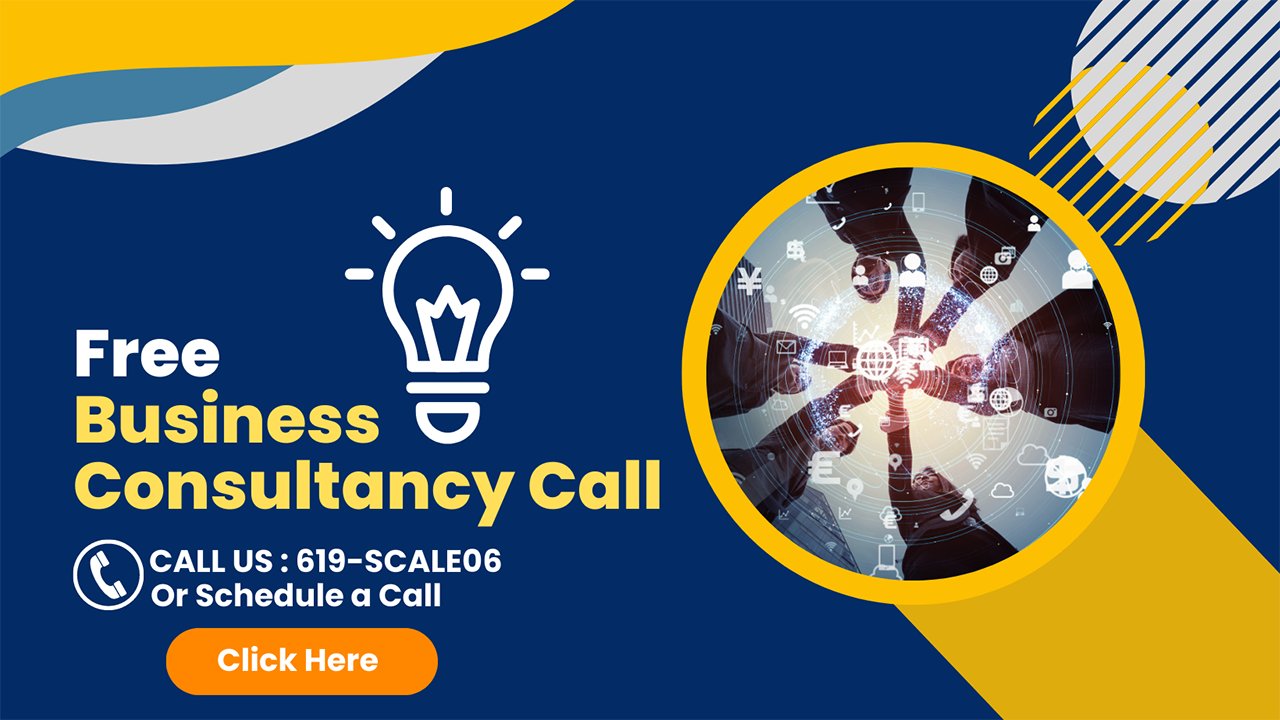The Art and Science of Business Design Part-2
Posted by Robert Norton on

The lack of a good business design process is the number one reason why most businesses fail today. Almost everything else, like poor market, running out of capital, unexpected risks and poor sales, is just a symptom of this root problem.
- Defining "Business Design"
For purposes of this discussion, let us consider the inner concentric circle of the vision pie below as the definition of a business design. Therefore:
DEFINITION: A Business Design - The sum of the complete strategies for each of the business disciplines required to deliver a product or service to the market.
We can assume the tactics can be driven by, or fall out of, the strategies developed. Certainly, this is best at any early stage of development. This is a simple, straightforward definition and very useful for our purposes. Note, however, that this definition does not mean the business design actually works, only that you have a design. A successful business design process would also need ways to test or validate if the business design will actually work in the real world. More on this later.
- A Simplified Example of A Business Design
So let's say you have a widget you invented that you want to sell. Let's even say it is a mousetrap, and you have already figured out that the saying: Invent a better mousetrap, and the world will beat a path to your door. Became completely invalid somewhere around 30 years ago, when people had too many options and very few driving needs left to serve. You probably have also figured out that due to overly fragmented marketing channels and other factors today, narrow niche marketing is the only way to go, to both get established and avoid direct competition with larger companies. If you do not believe this, you must read the book The Purple Cow which explains clearly the breakdown of the traditional advertising model product/business launch.
Since it is probably unfair to define this without an example, I hope you enjoy reading this, somewhat comical, yet vastly incomplete business design example designed to demonstrate the minimum level of thinking that might be appropriate after running the four-step business process design cycle (coming soon) just once or twice.
- Overly Simple Business Design Example:
The Mouse House
Tagline: We Catch'em Quicker and More Humanly
Product Development Strategy - Done in my garage and testing and improved over the last six years since I inherited my uncle's wheat farm with the largest mouse population per acre north of Mexico. Product tested and proven to catch a mouse every four days with enhanced bait recipe and instant superglue technology triggered by the slightest movement inside the "Mouse House". Fully designed and tested. To be refined and improved, based on customer feedback, with a new version expected twice a year and product-line extensions using the same patents. Add the Double-decker Mouse House with Lemon Scent unit in the second year to allow cleaning and disposal monthly instead of weekly. In year three, add waterproof, non-disposable multi-unit Mouse Condo unit for outdoor perimeter population reduction to break reproductive cycle up to 300 yards outside grain factory walls. Upsell this to grain factories we already have as customers. Offer monthly pickup service at low cost to collect these mice and sell them to labs for drug and cosmetics testing.

To learn more, click here
Finance Strategy - Use personal savings to make the first 5,000 units, sell them and double the production order each time with the resulting gross profit, living off spaghetti and my spouse's salary for the first 18 months of operation. Get 90-day payment terms from the manufacturer in exchange for a volume guarantee over 2 years. Offer 5% off for a 50% deposit, with full payment within 20 days. Hire a bookkeeper and bring in a local accounting partner to do monthly books and taxes annually aftermarket is proven and revenue is going. Sell the company to first corporate offer over $6 million for patents, or $2 million plus a royalty for five years of 5% based on sales projection at the time of offer. Excel spreadsheet budget and revenue projection generated to verify all this works financially.
Marketing Strategy - Go after grain processors who would need over 600 units per year. Develop the market research myself with help from my brother-in-law, who is a VP and Brand Manager at Proctor and Gamble in the household cleaning products division. He sold his table wax business to P & G five years ago and is an experienced entrepreneur. Possibly sell on the Internet to identify additional types of people and niche markets that we do not understand (idea flow). Investigate direct sales to small and medium-sized commercial property exterminators who may have high volume and be able to offer a better guarantee as a competitive advantage if they leave our traps behind with their logo and phone number. Use Internet leads to investigate and test other additional market niche ideas. Investigate the restaurant, water park (Jumbo Rat House product), and low-income housing apartment markets in year two after the initial base of customers is established and revenue reaches $1.6 million. Investigate public relations potential, getting support from animal rights groups and others who protest poison and slap-trap solutions.
Sales Strategy - Direct mailer waves with telemarketing follow-up during prime mouse season each year to all 5,356-grain processors in the Midwest breadbasket, where the mouse problem is largest and cats are too well-fed to solve the problem. Expect a 0.5% response rate to each four-page color direct mailer campaign to wheat warehouses and wheat processing factory operations directors. Send a free sample case of 12 units, with follow-up calls weekly to ensure testing is completed over 45 days. Expect a 32% closing rate from the free trial case to regular customers, generating an average of 200 units per month at a gross profit of about $150 per month. Implying a 5-year customer value of $150 X 12 months X 5 years = $9,000 and an average fully loaded customer acquisition cost of $720. Get customers on an automatic monthly reorder plan with a 10% discount offer to keep staff needs predictable and at a minimum level. Assume telemarketers cost $15 per hour fully loaded, with 33% of that being commission based on sales.
Operations Strategy - Outsource production at $0.23 per unit locally for the first 6,000 disposable units sold at $2.00 each. Order in amounts of 100,000 from an overseas bidder in China who will produce for $0.02 per unit plus $0.02 cents shipping to the U.S. after reaching 24,000 units per month with local manufacture as backup and fill in for some orders given the 45-day shipping time. Hire an office manager to take customer service calls for the first six months and scale internal staff as needed, hiring a manager when we reach three phone support people. Use outside telemarketing group if sales ramp quickly. Drop-ship directly from the manufacturer in minimum quantities of 60 units. Visit customers for feedback and product improvement ideas annually. Take Internet and phone orders at 30-unit minimum, shipped from our office weekly.
You see, that idea is to develop an idea of how everything in the business will work at a fairly high level, so we can begin to iterate the business design from some initial assumption point. Few people will know everything to come up with all this stuff without some help from others though, but the assumption is, this help is not a lot of time or expense at this stage.
 |
Learn more about our Growth and Scaling (GSP) |
|
For a free video consultation call on what your |
Bob Norton is a long-time Serial Entrepreneur and CEO with four exits that returned over $1 billion to investors. He has trained, coached and advised over 1,000 CEOs since 2002. And is Founder of The CEO Boot Camp™ and Entrepreneurship University™. Mr. Norton works with companies to triple their chances of success in launching new companies and products. And helps established companies scale faster using the six AirTight Management™ systems. And helps companies successfully raise capital.
What can we help you with today? Scaling, training, consulting, coaching?
Call (619) SCALE06 or (619) 722-5306 9am-6pm CT
Or Schedule a free 30-minute strategy session by clicking here.
Click Here to Read The Art and Science of Business Design Part-3
Share this post
- 0 comments
- Tags: Business Tips



